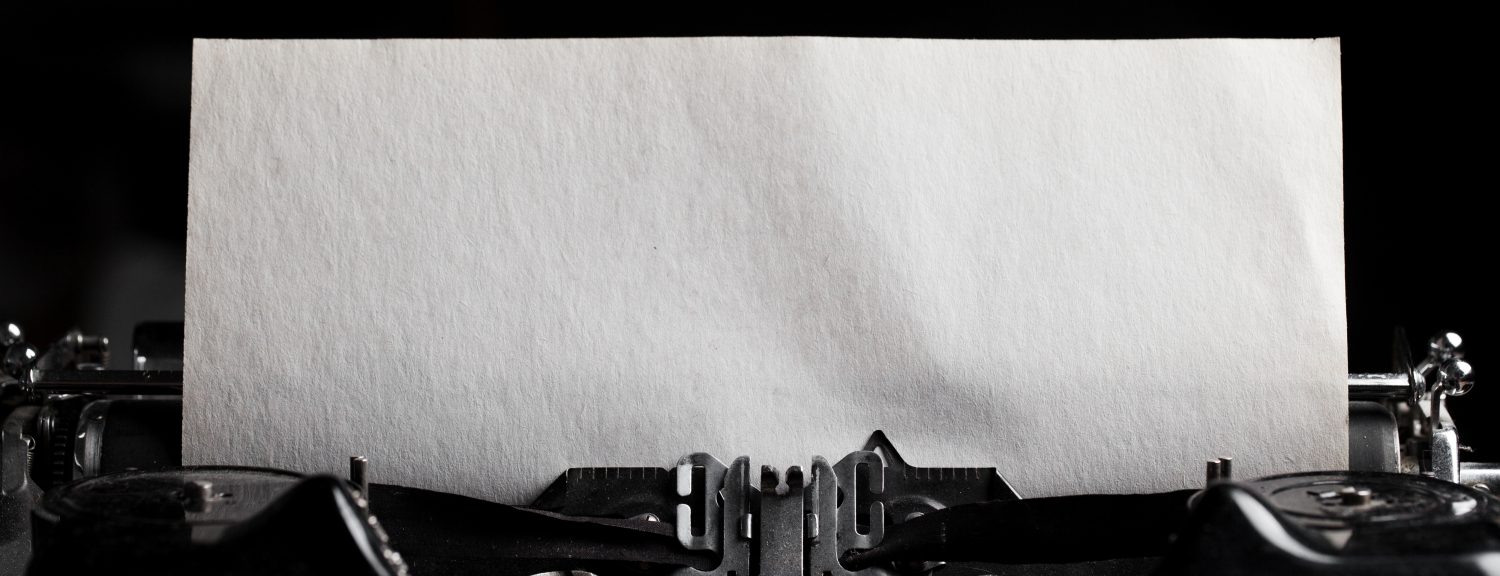The Other Me
‘Shut In’
iv.
A lot of things made it easy to live in such a self-contained environment.
The internet was an enabler where I never had to leave the house. I could chat with people from across the world, or roleplay games for entertainment that gave me a vicarious taste of the world beyond my door, I could do my banking, order books, and have almost everything I used to have, but now have it at my fingertips.
For my writing, I could look up Hollywood production companies and pitch screenplays overseas, or even network with people here – not that anything ever went anywhere. A few times, contact led to discussions over the phone, which led to a possibility of a meeting, and I just couldn’t do that – not yet.
But even as life found stability, it also found its quirks. The medication had eliminated the panic attacks, and although at times there might still be anxiety, it was manageable. Similarly with the depression. I might still get down, but it wasn’t incapacitating, levelling me to just lie on a couch.
Yet what started to emerge were little repetitions of behaviour: nothing major, but things that had existed previously – like having to repeatedly check that I turned the lights off in my car, or that I’d turned the heater off in the back room, sometimes doing these three or four times – that manifested themselves in other ways.
When I wrote a story or screenplay, I’d write out all my notes beforehand – names of characters, names of locations, and bullet point anything integral to the story. These were just roughly jotted down in my messy left-hand scrawl. They only needed to exist for my reference.
But now I wanted things a little bit neater.
If the flourish on that S wasn’t right, I’d tear out the piece of paper, scrunch it up, and throw it aside. If the curl on that g was ungainly, there went another sheet. Wait, there was a word that sank beneath the line it was meant to be sitting on. Another sheet gone. That underline lacked authority, lacked grace. Time to start over. That s wasn’t anywhere near as pretty as that previous s. Back to the beginning.
It wasn’t long before I’d be surrounded by scrunched-up paper, the floor almost invisible under it, like there’d been a snowstorm of scrunched-up paper – just to write out a couple of pages of rough notes that were once written (before all this started) in something resembling hieroglyphs.
Some sheets had one letter on them before I tore them out of my folder and scrunched them up. That’s all it took – one misshapen letter, and not even a letter that was indecipherable, but simply failed to meet the standards of beauty and style that I now applied, albeit only really to beginning my notes.
Because, in the beginning, the lettering had to feel right. Later on, once I was underway, it was okay – or at least sorta – if the writing fell below my expectations. It would nag at me, but by then I would feel as if I was going, so I afforded my writing more leeway. But things had to feel right at the start. If it didn’t feel right, I couldn’t proceed. It gnawed at me, and then I didn’t feel right.
The easiest solution would’ve been to type everything out on computer and print it out. That would’ve made everything uniform. But I liked handwriting, connecting with the paper, doing things longhand because, somehow, that connected me to what I was jotting down, which – in turn – connected me to my story.
Or at least that was the sense.
